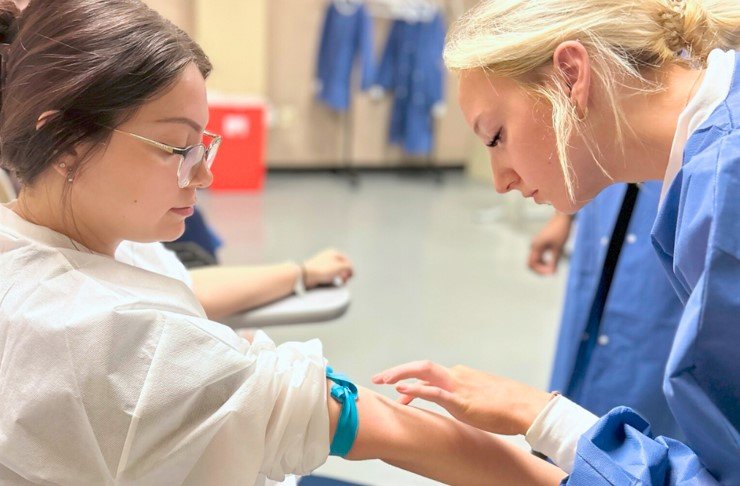Regulating the Safety and Efficacy of Medical Devices in the United States
Summary
- The FDA regulates the safety and efficacy of medical devices in the United States through a rigorous process that includes premarket approval, post-market surveillance, and quality system regulation.
- The FDA categorizes medical devices into three classes based on the level of risk they pose to patients, with Class III devices being the highest risk category.
- In addition to reviewing the safety and efficacy of medical devices, the FDA also works to ensure the quality of manufacturing processes through inspections and audits of medical device facilities.
Introduction
In the United States, the Food and Drug Administration (FDA) plays a critical role in regulating the safety and efficacy of medical devices. Medical devices are classified as any instrument, apparatus, implement, machine, contrivance, implant, in vitro reagent, or other similar or related article, including a component part, or accessory which is intended for use in the diagnosis of disease or other conditions, as well as for the cure, mitigation, treatment, or prevention of disease.
Premarket Approval
One of the key measures that the FDA takes to regulate medical devices is premarket approval. Before a medical device can be marketed in the United States, it must undergo a rigorous review process by the FDA to determine its safety and efficacy. The premarket approval process involves a comprehensive review of the scientific evidence provided by the manufacturer, including clinical data and testing results. The FDA will only approve a medical device if it determines that the benefits of the device outweigh the risks to patients.
Post-Market Surveillance
In addition to premarket approval, the FDA also monitors the safety and efficacy of medical devices once they are on the market through post-market surveillance. This involves collecting and analyzing reports of adverse events and safety concerns related to medical devices. If the FDA identifies any issues with a medical device, it has the authority to take action, such as issuing safety communications, recalls, or warning letters to manufacturers.
Quality System Regulation
Another important measure that the FDA takes to regulate medical devices is through quality system regulation. This requires manufacturers of medical devices to follow strict Quality Control measures to ensure the safety and efficacy of their products. The FDA conducts inspections and audits of medical device facilities to assess compliance with quality system Regulations and ensure that manufacturing processes meet established standards.
Conclusion
Overall, the FDA plays a crucial role in regulating the safety and efficacy of medical devices in the United States. Through measures such as premarket approval, post-market surveillance, and quality system regulation, the FDA works to protect patients and ensure that medical devices meet high standards of safety and effectiveness.

Disclaimer: The content provided on this blog is for informational purposes only, reflecting the personal opinions and insights of the author(s) on the topics. The information provided should not be used for diagnosing or treating a health problem or disease, and those seeking personal medical advice should consult with a licensed physician. Always seek the advice of your doctor or other qualified health provider regarding a medical condition. Never disregard professional medical advice or delay in seeking it because of something you have read on this website. If you think you may have a medical emergency, call 911 or go to the nearest emergency room immediately. No physician-patient relationship is created by this web site or its use. No contributors to this web site make any representations, express or implied, with respect to the information provided herein or to its use. While we strive to share accurate and up-to-date information, we cannot guarantee the completeness, reliability, or accuracy of the content. The blog may also include links to external websites and resources for the convenience of our readers. Please note that linking to other sites does not imply endorsement of their content, practices, or services by us. Readers should use their discretion and judgment while exploring any external links and resources mentioned on this blog.
